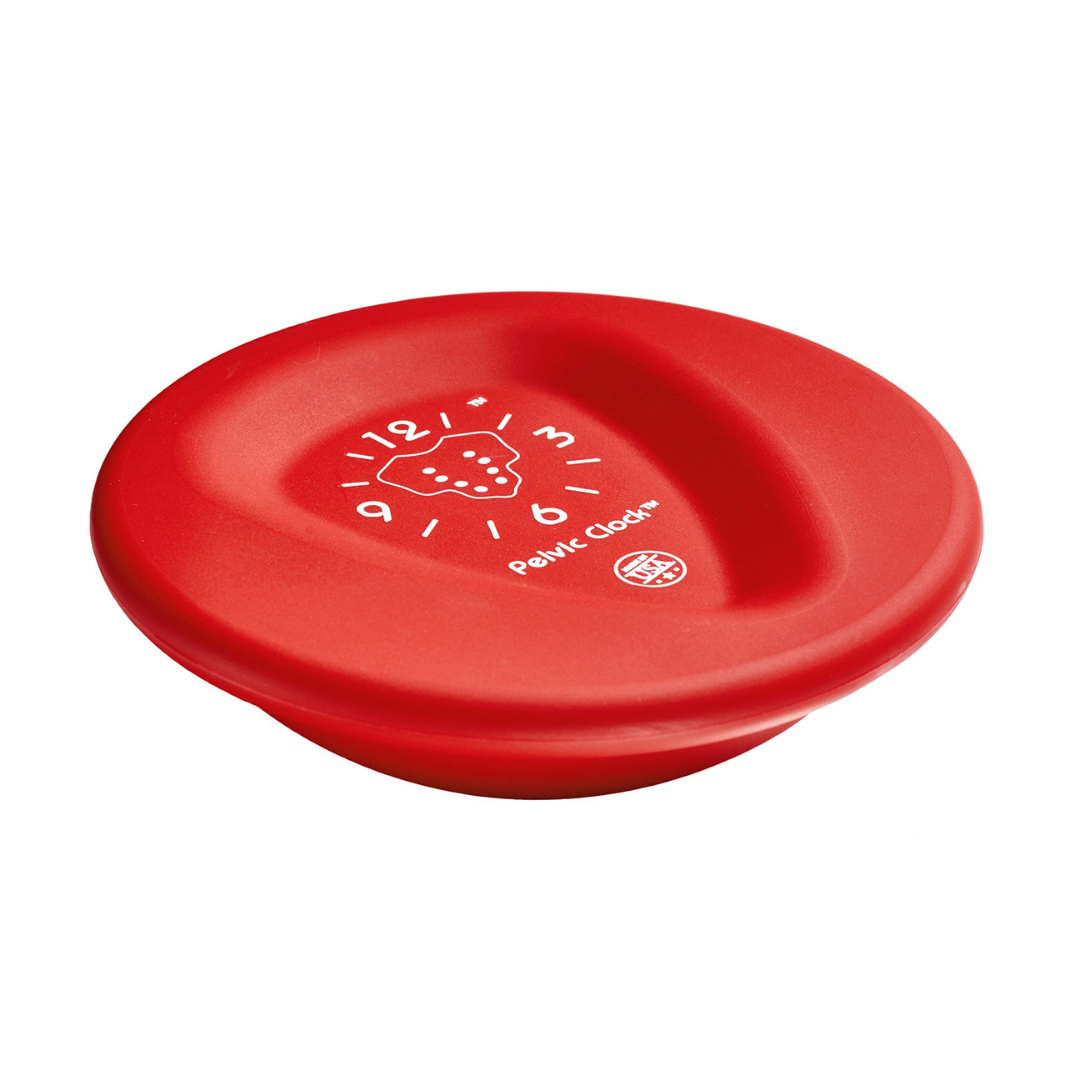Pilates Home Exercises for Sacroiliac Joint Instability
Igor Gershengorin
By Lynda Lippin, Master Pilates Teacher, Certified Personal Trainer, and Pelvic Clock® Educator
Joseph Pilates developed his Contrology exercise system in the early 20th century, and even then he saw a lot of folks with back pain. Pilates believed then, as I believe now, that spine health is central to human wellness, and that there are specific exercises and ways of moving that will help us stay strong and mobile, and free of injury.
Fast forward 90 years, and now 85% of Americans experience chronic lower back pain. Sacroiliac joint, or SI joint instability is one common cause of back pain.
Sacroiliac Joint Instability
The SI joints are located in the back of your pelvis, just behind your hip bones (ASIS). They are where your pelvis meets your sacrum in the back body. (If you had a giant clock around your hips, with 12 behind you and 6 in front of you, your SI joints are at 11 and 1.) And because they bear all the weight of your upper body, there are a lot of muscles that help stabilize the area.
When the sacroiliac joints are unstable, due to hyper-mobility, a fall or accident, or just plain weakness or muscle imbalances, it can cause the pelvis to rotate and twist, and cause a lot of pain. The sciatic nerve actually runs through the Sacroiliac joints, and any impingement can cause radiating pain down the leg(s). SI joint instability can cause pain in the back, buttocks, hips, and legs.
That is where good SI joint exercises, like Pilates, come in.
Pilates Mat Exercises for SI Instability
While Pilates mat exercises alone will offer sacroiliac exercise and can do a lot to help strengthen the muscles around the area (the deep abdominals, pelvic floor, adductors, gluteals, iliopsoas, QL, and lumbar multifidi), adding the Pelvic Clock® device to a home Pilates sacroiliac exercise program will target the SI joint instability and help alleviate pain faster.
Here are a couple of Pilates-based SI joint exercises to try at home.
1. Pelvic Rocking
Lie on your back with your knees bent and your feet flat on the floor, hip-width apart.
As you breath, start a small rocking movement of your pelvis--tipping it back as you exhale (hipbones back and tailbone up) and forward on the inhale (arching the lower back). Repeat the tilt/arch 10-15 times.
Then try to move side to side without moving your knees or ribcage. Pretend that someone dropped a hot ash on your right hip bone so that it drops towards the mat a little, and then the left. Breathe as you need to and go between the right and left hip 10-15 times.
Try this using the Pelvis Clock®
Finally, combine these movements into a small circle, trying both directions 5-10 times. Then, try it using your Pelvic Clock®
2. Corkscrew Exercise
The Pilates Corkscrew SI exercise involves doing those pelvic circles with your legs up in the air, thereby strengthening your deep abdominal muscles, obliques, pelvic floor, and inner thighs.
Lie on your back, with legs in the air at as close to a 90 degree angle as possible, even if you need to bend your knees a little. Squeeze your heels together.
Circle around your pelvis as in exercise 1, and then reverse. That is one repetition. Do this 4-6 times. Press down with arms and shoulder blades to anchor upper body.
Then, try this with the Pelvic Clock®.
Don’t forget to ice for 5-10 minutes after you do sacroiliac exercises. Ice is a great anti-inflammatory, and will help alleviate any soreness from the exercises.

